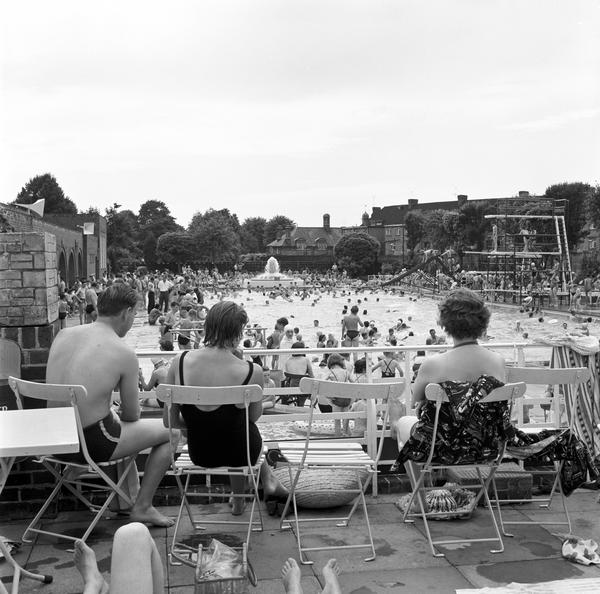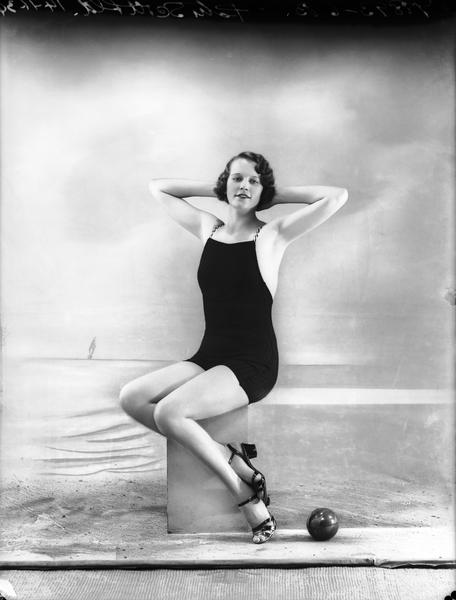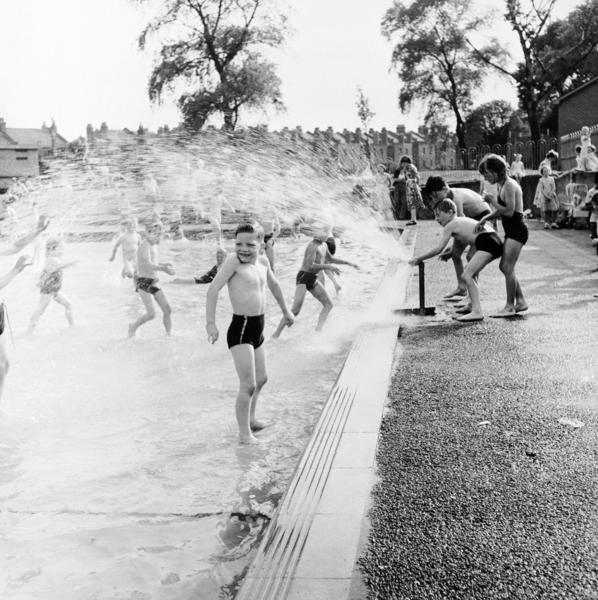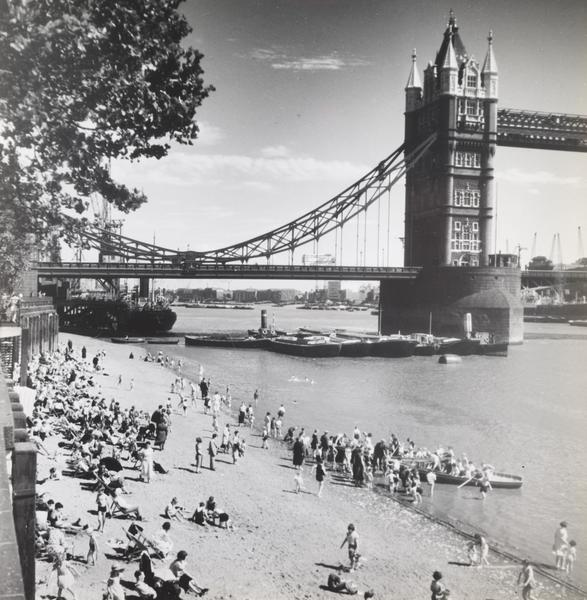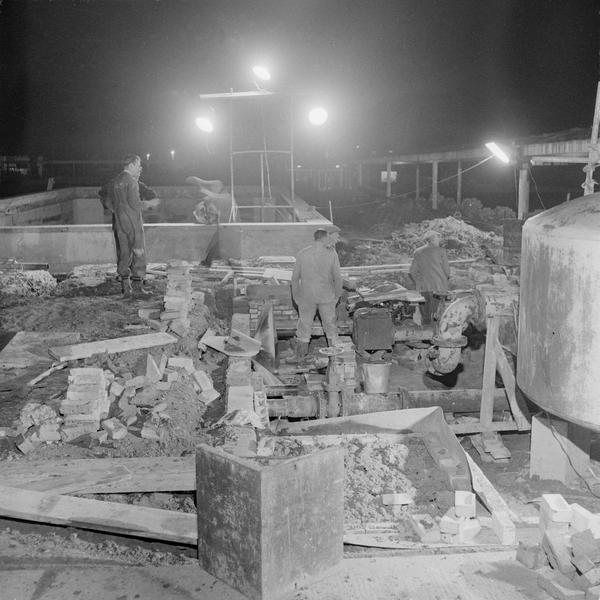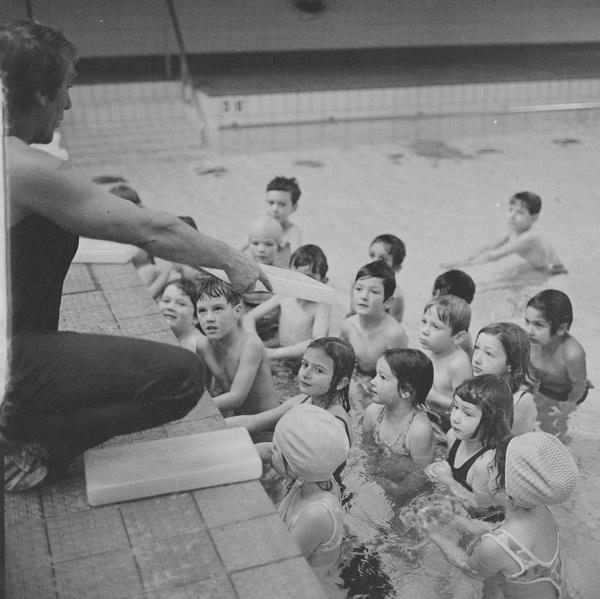London’s lidos are swimming in history
The 1930s were the golden age of the lido. Outdoor recreation was the health trend of its day, and pools were built all around London, adding a splash of European glamour to the city’s short-lived summers. Many have now disappeared, but you can still swim back in time at lidos around London.
Across London
Since 1930s

What is a lido?
In the 1800s, the Italian word ‘lido’ was used for trendy European beach resorts. In the UK, ‘lido’ – pronounced ‘lie-doh’ – refers to public outdoor pools with an area to sunbathe, often with a poolside cafe. The Serpentine Lido in Hyde Park was the first in Britain to use the name when it opened in 1930. Some lidos are heated, others are not. Though they can cater to a brave winter crowd, lidos have always been most popular in summer.

Why were lidos so popular in the 1930s?
Physical fitness and outdoor activities were championed as part of a healthy life. Even suntans, once linked to low social status, were in fashion. Attitudes to mixed-gender bathing eased. And more Londoners were granted paid holidays, giving them more free time. Local authorities built lidos with enthusiasm and promoted them as a mark of a healthy, modern city.

Tooting Bec Lido, opened 1906
This is London’s largest and oldest lido, built before the boom of the 1930s. At 91 metres long, it’s almost double the length of an Olympic pool and can hold 1,400 people. The lido is open every day of the year, but only to members in winter. As with many early lidos, there was no filtration system when it opened, so the pool was simply emptied and refilled once it became too dirty.

Brockwell Lido, opened 1937
Known as Brixton Beach to some locals, Brockwell Lido was one of several lidos designed by architects from the London County Council’s (LCC) Parks Department. It was a modernist, more hygienic replacement for the park’s Victorian swimming lake. The lido was closed for several years in the 1990s until a local campaign revived it. In 2001, the bottled water brand Evian temporarily sponsored the lido, printing their logo on the bottom of the pool.

Parliament Hill, opened 1938
As well as its famous freshwater ponds, Hampstead Heath is also home to a beloved lido. Parliament Hill lido was closed for a revamp in 2004 and 2005, but otherwise Londoners have swum here for over 75 years. The building, which includes a cafe, is fantastically preserved in its 1930s style. Look out for the tiered fountain at one end, which is an original design.

Charlton Lido, opened 1939
Charlton Lido was designed and built by the LCC as part of their ambitious plans to expand the number of lidos in the city. It lay closed for many years, but was reopened, complete with heated pool, in 2013.

Oasis Sports Centre, Holborn, opened 1946
One of the more surreal swimming experiences in London, Oasis Sports Centre is hidden away beside a tower block and housing estate in Holborn, central London. It was originally intended to be an indoor pool, but the Second World War interrupted construction. This is one of the small number of outdoor pools built in London since the end of the war.

London Fields Lido, opened 1932
When it opened in 1932, London Fields helped set a new standard for lidos, with changing rooms, a filtration system and a cafe. The lido was closed in 1988, and squatters soon moved in. It would have been demolished had campaigners not stepped up to save it. Eventually, in 2004, Hackney Council decided to revive the lido. It’s been enormously popular ever since.

London’s disappearing lidos
In 1937, the LCC leader Herbert Morrison planned to make London “a city of Lidos”. This ambition was squashed by the Second World War (1939–1945), which forced a change of priorities. Later, under Prime Minister Margaret Thatcher in the 1980s, London’s councils were pressured to cut costs. Lidos steadily disappeared. In 1950, Greater London had 70 places for outdoor swimming. Though new spots have opened recently, and more are planned, we counted just 16 in May 2025.
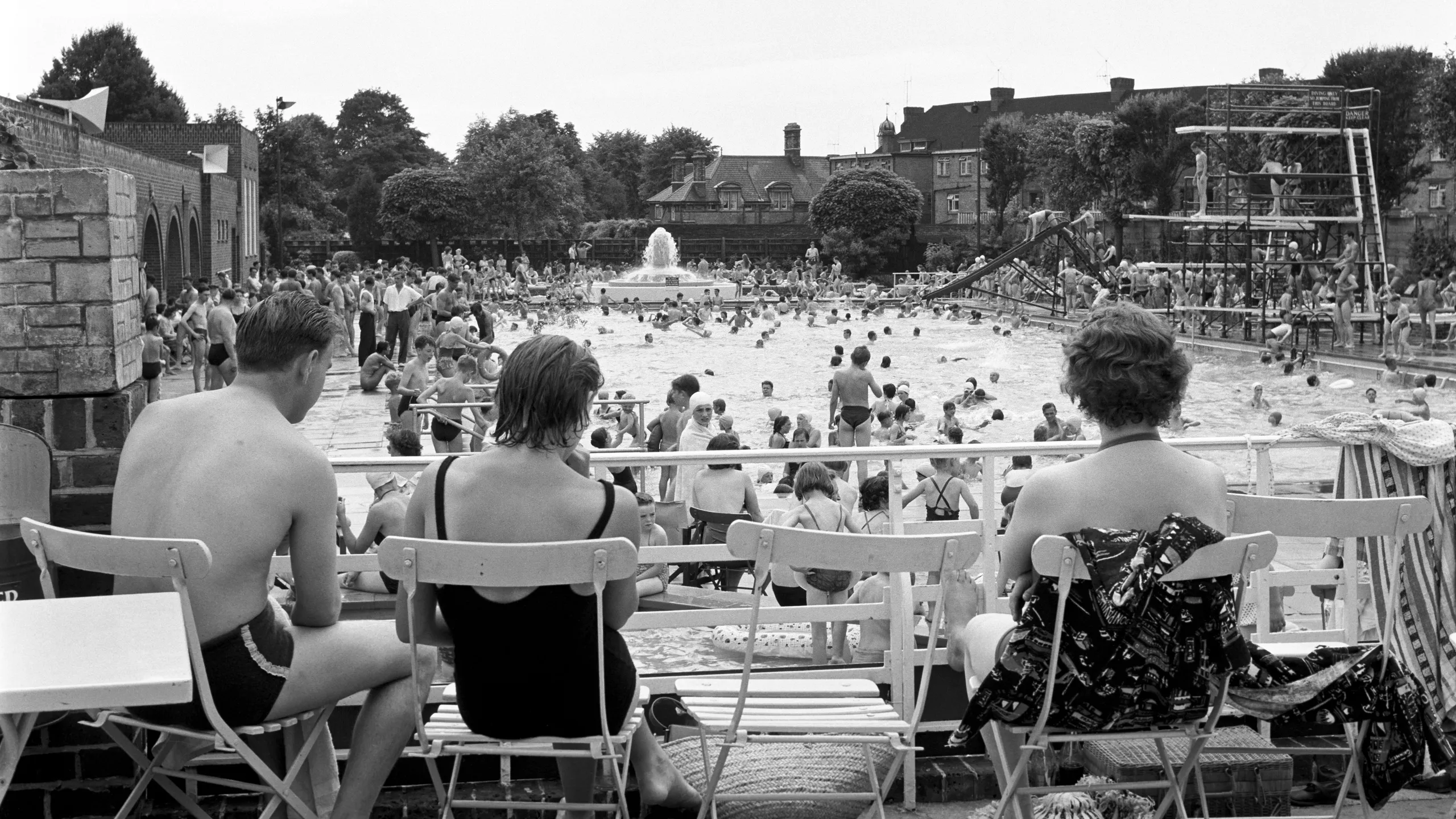
Twickenham Lido, 1935–1981
One of London’s many lost lidos, this pool had a fantastic riverside location, facing across the River Thames opposite Eel Pie Island. Having stood empty since 1981, it was finally demolished in 2004. It was replaced by a garden, but with one concrete diving board preserved. Diving boards were a regular feature of lidos in the 1930s, but new safety rules in the 1970s put an end to the aerial acrobatics.

Victoria Park Lido, 1936–1989
Where there was once a lido in Victoria Park, there is now a car park. The lido survived a V1 rocket strike during the Second World War, but closed in 1989 and was demolished the next year. It’s a sad loss – Victoria Park’s lido was massive, measuring 61 metres long and 27 metres wide, with space for 1,000 people.


